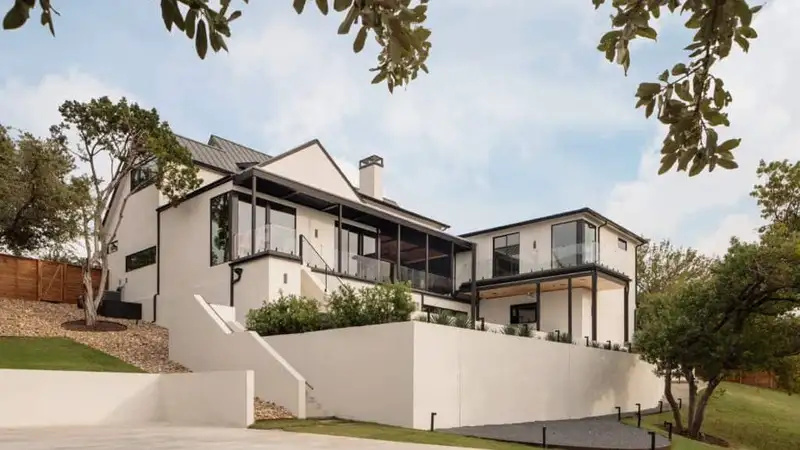Custom restorations, particularly of vintage vehicles like classic Ford Broncos, are more popular than ever. They combine nostalgia with modern performance, turning heads while offering a unique driving experience. But when you’re considering investing in a custom restoration, the big question looms: Is it worth it? The answer lies in evaluating the return on investment (ROI), which depends on factors like resale value, build quality, and parts sourcing. These elements can make or break the long-term financial and personal value of your restored classic.
Understanding Resale Value
One of the surest ways to measure ROI is through resale value. Consider a completely rebuilt muscle car that is done well. It might be such considerably make a consequent federally licensed car that is in high demand. Ford Broncos are now a hot commodity among collectors and fans, with the first generation 1966-1977 models going for six figures when restored and personalized correctly.
On the other hand, there are chances that certain car restorations may not be able to sell for such a price tag. Cars that are significantly different from the original look design, are made of cheap materials, or are assembled with unprofessional skill may lose their worth. Classic car purchasers are willing to spend a little more only on cars that have superior builds and a proper ratio of original parts to performance upgrades. A conversion to the original specification of the is most likely to retain a good ROI if it is the result of what drivers consider valuable: careful tuning, historical accuracy when necessary, and modern performance.
Build Quality: The Foundation of Long-Term Value
Build quality is, by far, the most important part of the formula when gauging whether a custom restoration is a good investment. Wretchedly done restorations can be very attractive; however, the paint can be hiding numerous problems—rust, weak welds, incompatible parts, or antiquated technology. Apart from affecting the car’s reliability, such issues can have a drastic impact on resale value.
A factor behind a superior build is the need of using up-to-date tools and techniques, the likes of which include frame-off restorations and precision welding as well as high-performance engine swaps and suspension upgrades. Vehicles made by reliable professionals tend to hold more value because the quality is verifiable, and the reputation is based on it.
This is where working with reputable builders like HighLine Classics comes into play. HighLine Classics has built a name for delivering meticulous, high-quality custom builds that balance modern upgrades with timeless design. A restoration from a respected shop provides peace of mind to both owners and future buyers. The name behind the build matters—especially when you’re looking at long-term value.
Parts Sourcing: Availability and Authenticity
The other major part, the parts sourcing, is in the ROI assessment of custom restorations. The parts are high-quality, period-correct, and performance-grade. They are not just necessary for the completion of the building; they are also the parts that can best preserve its value. The high-cost for time-worn and the difficulty of obtaining them are the most common problems associated with the buying of OEM (original equipment manufacturer) parts or high-end aftermarket components, but very often, the costs are outweighed by the benefits.
The choice of vehicles that are manufactured using commonly available, mass-produced parts may be cheaper to repair in the long run, but they are usually less competitive than those made from carefully searched or rare components. In addition, buyers today are more and more self-taught. They are looking closely at every single element’s quality—from engine internals and axles to gauges and upholstery. The query regarding the OEM parts source is also a case where it matters if they are new, refurbished, or custom-fabricated. Moreover, these details not only affect the vehicle performance but also its expected quality, and investment potential.
Beyond Financial Aspects
Not only financial ROI is relevant, but also personal satisfaction is very important in whether or not a custom restoration pays off. The experience of driving a vintage car that was commercially produced to your specifications, and was superbly restored by another company is an experience that one can hardly buy. The driving of something unusual, and being the person who is contributing to the evolution of automobile history is what it is all about.
Wrap Up
To put it another way, if the operation of a Custom restorations is performed perfectly, it is worth it. When assessing the project, take into consideration the resale value, double check the build quality, and ensure you have sufficient knowledge about the parts’ origin. Dealing with well-known firms like HighLine Classics, which have been in business for a long time and with reputable builders, is more likely to result in your investment retaining or potentially increasing its value. For more information visit our website.
